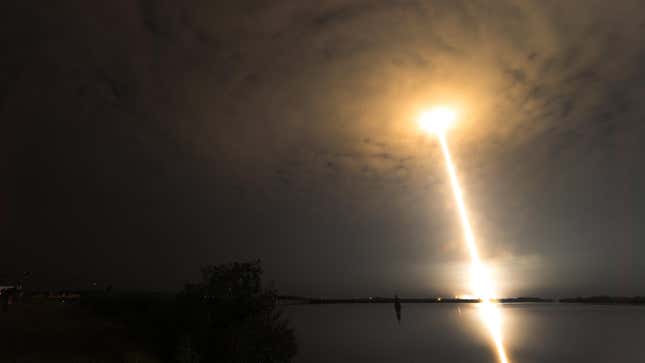
A new study from the University of Southern California published last week found that SpaceX’s Starlink satellites could be depleting the Earth’s ozone layer. Researchers estimated the potential damage caused by the internet service’s satellites burning up in the atmosphere and releasing aluminum oxides. With its growing artificial constellation, SpaceX could spew over 1,000 tons of aluminum oxide every year, a 646-percent increase relative to natural levels.
SpaceX currently has just over 6,000 Starlink satellites in orbit around the planet. Each iteration has grown heavier and heavier, with the latest model weighing 2,760 pounds. Each satellite is designed to deorbit and burn up in the atmosphere at the end of its service life, somewhere between five and seven years long. SpaceX plans to double the number of satellites with aspirations of having seven times the current total in orbit. Yes, 42,000 satellites in orbit.
The scariest part is that we don’t know precisely how much damage this massive constellation could cause. The study states, “The environmental impacts from the reentry of satellites are currently poorly understood.” If the service scales up as hoped, over 8,000 satellites could disintegrate above us every year.
As you may remember from the ’80s and ’90s, the ozone layer is vital for our survival. It soaks up ultraviolet radiation from the Sun. According to the EPA, excessive UV radiation would significantly reduce crop yields and disrupt the marine food chain. This is on top of causing skin cancer and weakening our immune system. While SpaceX addressed the FAA’s concerns that people could get showered in satellite debris, it has opened the door to an environmental disaster that could end humanity as we know it.







